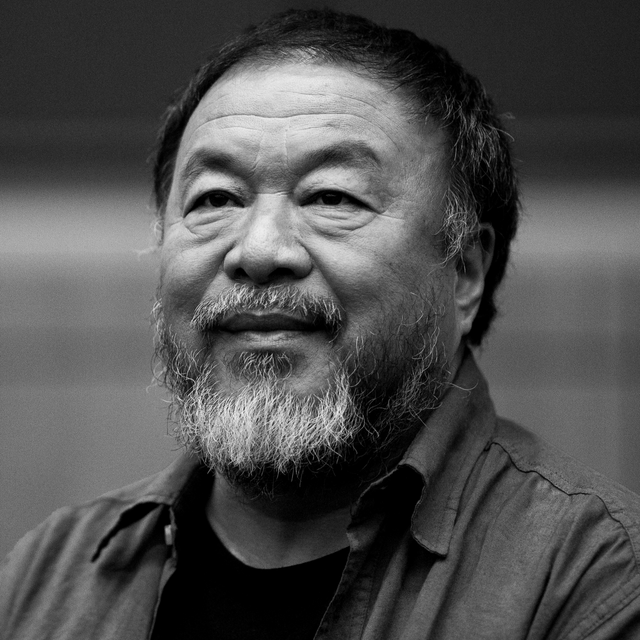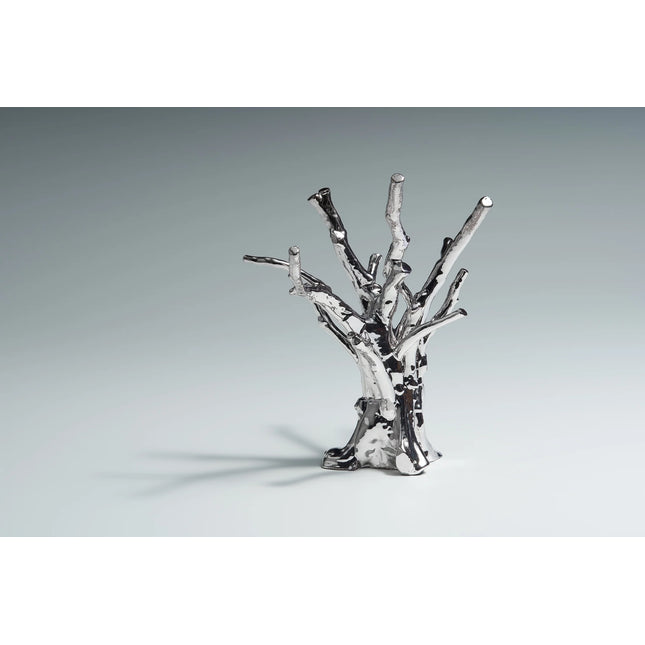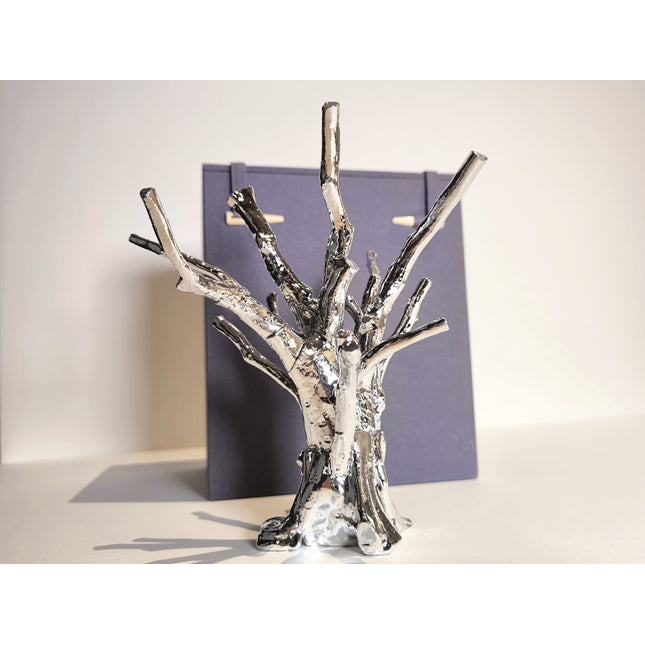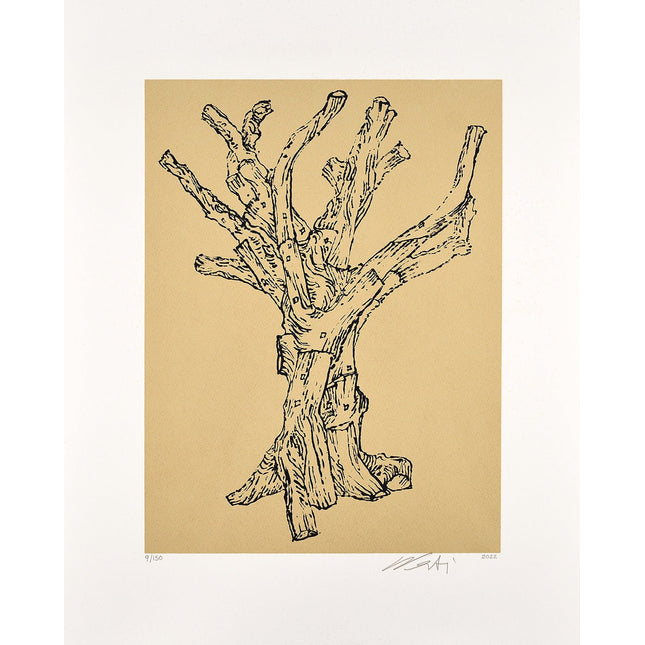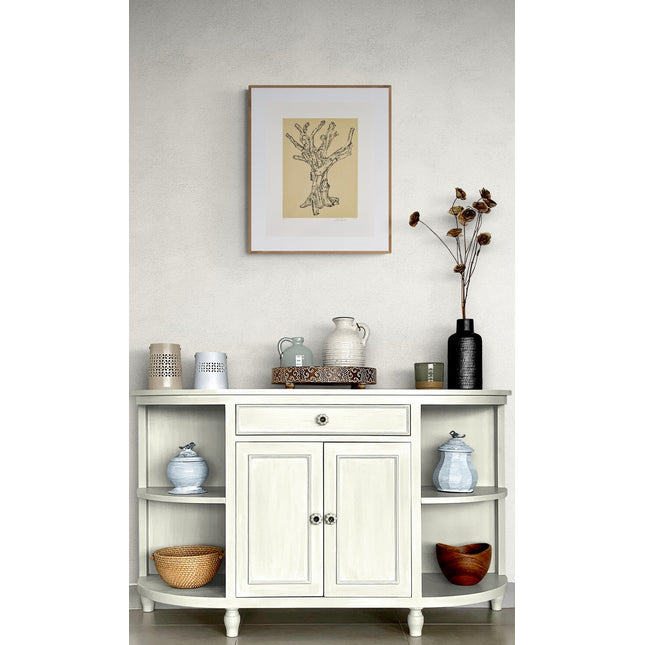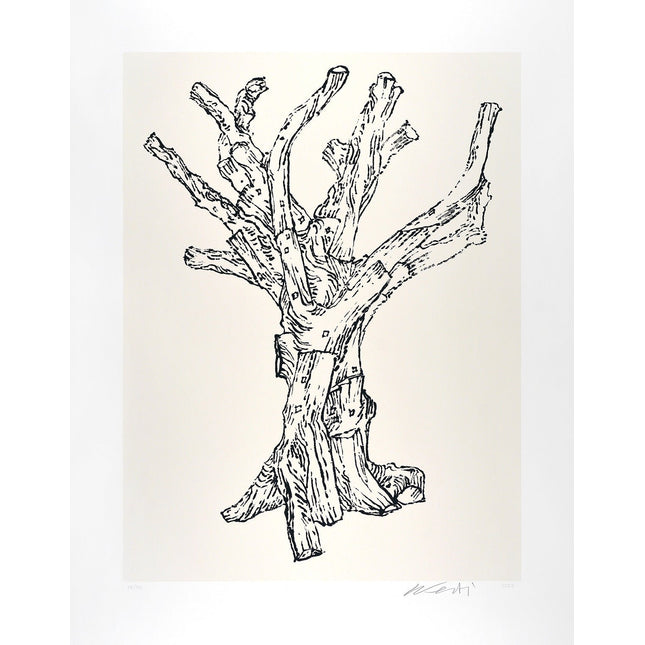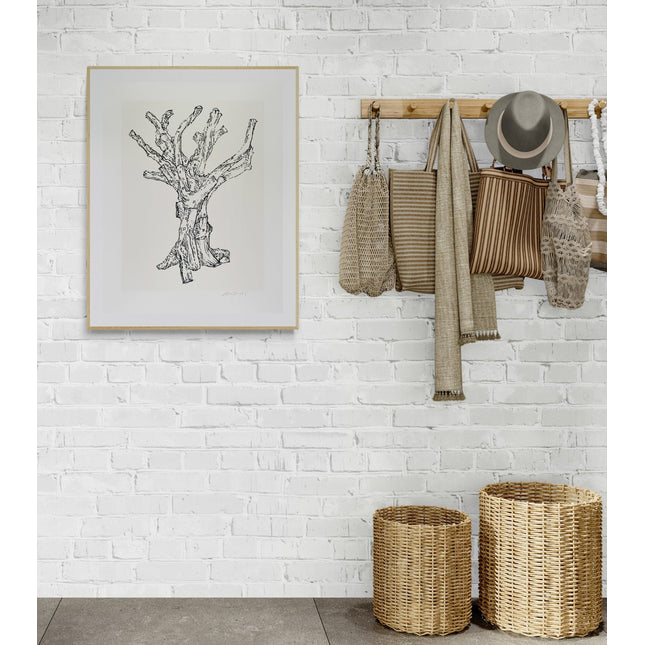Born in Beijing, China in 1957, Ai Weiwei grew up during the Cultural Revolution and lived through the exile of his father, the well-known Chinese modern poet Ai Qing. The family was sent to a labor camp as a result of his father's denunciation during the 1957-59 purge of the Anti-Rightist Movement, and were subsequently exiled to Shihezi, Xinjiang, in China's far west. This event, although early in his life, would shape him into the activist he is today.
The family did not return to Beijing until 1976, after the end of the Cultural Revolution, after which Ai studied animation at the Beijing Film Academy. At this time he founded the avant-garde art group Stars together with fellow artists Ma Desheng, Wang Keping, Huang Rui, Li Shuang, Zhong Acheng and Qui Leilei.
He then spent just over a decade in New York, where he briefly attended Parsons School of Design and the Art Students League. In the 1980s, he found his calling in New York's East Village, where he delved into photography while participating in all the protest movements going on around him. During his stay in the Big Apple, he was inspired by the French artist Marcel Duchamp and the German sculptor Joseph Beuys. Under these influences flourished some of his early sculptures, which would later be recognized as one of his first creative phases.
This was a time when Ai Weiwei gave free rein to his freedom of expression, the more anti-authoritarian and oppositional the statement, the better. When his father became ill in the early 1990s, Ae returned to China, an environment far less open to such views. In Ai's words, "China and the United States are two societies with very different attitudes toward opinion and criticism." He saw the difference and refused to conform.
Since then, Ai Weiwei has risked much to defend freedom of expression, for example, by responding strongly to the devastating aftermath of the Tiananmen Square massacre through his work. Thus he invented his trademark, the middle finger extended in front of famous places or institutions of power. By carefully selecting the setting for his photographs, Ai Weiwei used these opportunities to illustrate his disdain for the mechanisms of power and to raise awareness of the unfair treatment of citizens. His mission would be to represent the power of the people and denounce the injustices of the world.
In 2008, Ai was commissioned to collaborate with the Swiss firm Herzog & de Meuron on the "Bird's Nest" stadium for the Beijing Olympics; he later referred to the project as a "tasteless fake smile." In May of the following year, Ai's influential and widely read blog, where he posted scathing criticisms of Chinese government policies, was shut down. The following August, the artist was beaten by Chinese police for attempting to testify on behalf of Tan Zuoren, with whom he had investigated the aftermath of the devastating 8.0 magnitude earthquake that struck Sichuan province in May 2008. Also as a result of his activist work, in 2011, Ai Weiwei was arrested and held for 81 days without being charged with any crime. His "SACRED" series, premiered in Venice during the 2013 Biennale, was based directly on his detention experience (governments, artists and individuals around the world protested strongly against his arrest and subsidized his bail).
Ai Weiwei is the most famous Chinese artist today. As an activist, he draws attention to human rights violations on an epic scale; as an artist, he expands the definition of art to include new forms of social engagement. In a country where freedom of expression is not recognized as a right, he has been beaten by police, kept under house arrest, had his newly built studio demolished and placed under surveillance. He is considered a threat to "harmonious society".
From breaking an antique vase to reciting the names of children killed by government neglect, Ai's dramatic actions highlight the growing gap between the ideal and the real in Chinese society. He is also one of the first conceptual artists to use social media-Instagram and Twitter, in particular-as one of his primary mediums.
Trained in the West, Ai is intimately familiar with tradition, conceptual and minimalist art, and knows how to combine all of these concepts. In his refusal to please the eye, he is the opposite of Jeff Koons, his equally famous contemporary. In their visual austerity, Ai's pieces coincide with the work of other global activists, such as David Hammons, Robert Gober and Doris Salcedo, whose large-scale projects draw attention to weighty social issues, breaking free from the constraints of the gallery and or museum, and bridging the visual and the social.
